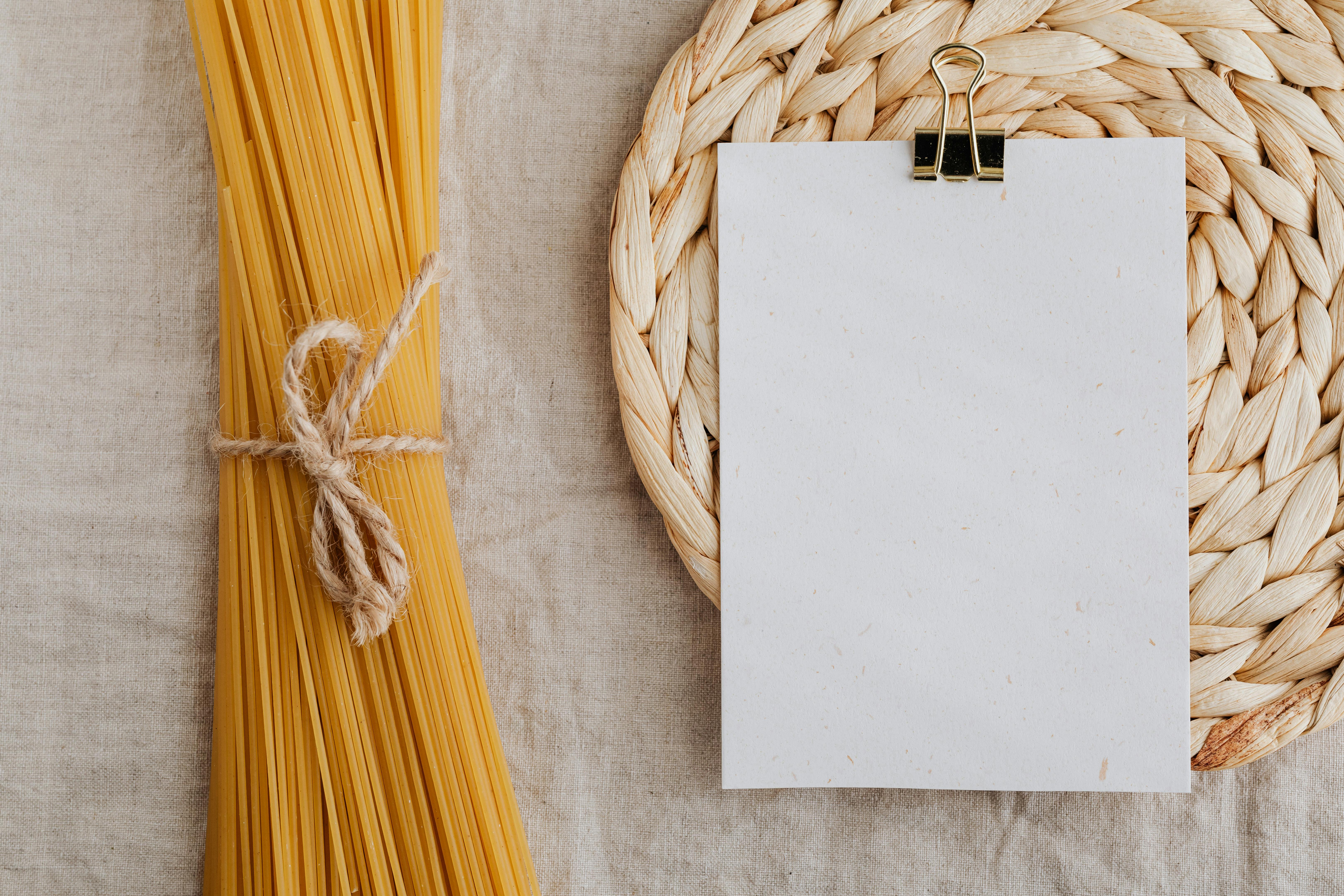When a machine moves, the stress on moving components will deteriorate or wear out the machinery. If the alignment of specific segments or moving parts is not ideal, the machine will eventually break down. In contrast to machinery, tension on the moving segments of the human body is necessary, and graduated tension can improve the strength of the tissues involved, two of the advantageous characteristics of the human body. There are upper and lower limits that determine whether or not it will be beneficial to tissue health. Any loss in precise movement can initiate a process that can induce changes that can cause anything from microtrauma to macrotrauma to the tissues involved. I will try to give you examples of common movement impairment syndromes that will create faulty mechanical wear and tear that will eventually lead to pain or dysfunction.
weakness from overstretching
Muscles can become weak when held in a lengthened position, especially when stretching occurs during long periods of rest. For example, the development of lengthened dorsiflexor muscles and shortened plantarflexor muscles in the patient confined to supine bed rest with the sheets pulling downward on the feet, causing additional plantarflexion force and thus , lengthening the dorsiflexor muscles. Another example is the prolonged stretching of the posterior gluteus medius that occurs when sleeping on your side. A woman with a wide pelvis with the upper leg positioned in adduction, flexion, and medial rotation will prove weak in hip abduction, extension, and lateral rotation. The resulting lengthening of the muscle may produce postural hip adduction or an apparent standing leg length discrepancy.
Sleeping lying on the side with the bottom of the shoulder pushed forward pushes the scapula into abduction and leans forward. This position can stretch the lower trapezius and possibly the rhomboids. The upper shoulder may also be susceptible to pulling the scapula forward in abduction position, especially if the thorax is large. This sleeping position can cause the humeral head in the glenoid to migrate to an forward position.
Characteristics of muscles with overstretch weakness include:
1. Muscle-controlled postural alignment indicates that the muscle is longer than ideal.
2. The muscle tests weak throughout its range of motion and not just in its shortened position.
An overstretch weakness can also be caused by straining from trying to lift a heavy object. Remember, strain is a minor form of tear in which the muscle filaments have been stretched or taut beyond their physiologic limit, causing disruption of the Z lines to which the actin filaments attach. These disruptions alter the alignment of the myofilaments, interfering with the tension-generating ability of the contractile elements. Muscle weakness and, in many cases, pain occurs when the muscle is palpated or when resistance is applied during muscle contractions. For example, if the upper trapezius is strained, the weight of the shoulder girdle itself could be too much for the muscle. Pulling the shoulder on the muscle causes it to lengthen and the muscle is unable to heal. A strained muscle may actually be under constant tension, even when it appears to be at its normal resting length. Usually, a strained muscle cannot hold up against gravity when it is placed at the end of its range. Also, the muscle cannot maintain its tension at any point in the range when resistance is applied.
When a muscle lengthens and weakens, its contribution or tension-generating capabilities will change and another muscle will have to take over, creating a compensatory movement pattern. This will eventually become the normal pattern which will then cause future health problems. Therefore, stretching may not always be optimal for relieving pain or muscle spasm. Stretching and applying excessive force to the muscle if it is strained is contraindicated. It is the length of the muscle and the presence of pain that act as a guide to whether the muscle is simply weak from atrophy or from weak tension.
Traditionally, the emphasis is placed on stretching muscles that have become short, but the same emphasis has not been placed on correcting muscles that have become long. Lengthened muscles will not automatically shorten when stretching the antagonist. A client demonstrating Lower Withers Syndrome may have an exercise program that stretches the hamstrings, however this does not simultaneously shorten elongated muscles such as the lumbar extensors of the back. It would be prudent to shorten the lengthened muscle while simultaneously stretching the shortened muscle. This is especially important when the lengthened muscle controls the joint that becomes the site of compensatory movement as a result of the limited movement caused by the shortened muscles. For example, during forward bending, excessive lumbar flexion may occur as a compensatory movement due to shortening of the hamstrings. The best intervention would be to stretch the tight hamstrings but also shorten the back extensors.
Altered recruitment patterns
A person with shoulder pain has excessive shoulder elevation during 90 degree shoulder flexion compared to a person without shoulder pain. The elevation is present even after the patient is no longer experiencing pain. Runners who tend to keep their rear weight closer to the rear foot than to the front of the foot show that they use the hip flexion strategy, which also involves overuse of the tibialis anterior muscle, leading to leg cramps. Conversely, runners who keep their line of weight forward can be seen to use more push with their ankle plantar flexor muscles.
The upper trapezius muscle, which is the upper force-torque component that controls upward rotation of the scapula, may be more dominant than the lower trapezius. Muscle testing may show weakness of the lower trapezius or serratus anterior. One might notice excessive shoulder elevation when abducting the arm. Muscle strengthening might not necessarily change the recruitment pattern. Instructing the client in the correct execution of the shoulder movement using a mirror is just as important as the strengthening exercises you might prescribe.
An individual with an exaggerated back posture who is standing in hip-joint extension has diminished contour of the gluteal muscles, suggesting gluteal muscle weakness. The hamstrings will generally take up the slack in hip extension. The hamstrings are extremely susceptible to an overuse syndrome when they are dominant due to inappropriate involvement of the abdominal muscle, gluteus maximus, or even rectus femoris, as well as the hip lateral rotators.
The TFL (tensor fascia lata) and rectus femoris muscles are more dominant than the hip flexion iliopsoas muscle. In this situation, the client will exhibit excessive medial rotation of the hip. The person usually has a leaning back posture.
The TFL, gluteus medius anterior, and gluteus minimus muscles are more dominant than the gluteus posterior muscle in the hip abduction action. When abducting, the client will substitute with medial rotation and flexion of the hip.
The extensor digitorum longus muscle is more dominant than the tibialis anterior muscle for the ankle dorsiflexion action. The client will extend the toes as the initial movement of dorsiflexion rather than movement of the ankle.
The hamstring muscles are more dominant for the extension action of the knee. When walking or running, once the foot is grounded, the hip extension action of the hamstrings contributes to knee extension. Hip extension to assist in knee extension is commonly used by the person who has weak quadriceps muscles. To reinforce the extension action of the knee, the person slightly flexes the trunk to use gravity to further assist the extension movement of the knee. A similar pattern is seen in the runner who uses the hamstrings to control knee extension. You will bring your knee back toward your body, instead of bringing your body up to your knee as you do when climbing stairs.
When asked to extend the fingers, many people will demonstrate a small degree of flexion at the wrist. This type of compensatory movement pattern occurs most often in people who do a lot of repetitive bending of the wrist, such as typing. As a result of this position of the wrist flexion movement, the flexed joint position and the anterior position of the flexor tendons reduce the carpal tunnel space, which can lead to carpal tunnel syndrome.
In summary, mechanical stress on tissues from movement impairment syndromes can cause a wide variety of injuries. The various injuries involved can be degenerative changes in cartilage and joints, ligament strains, joint inflammation, myofascial strains, myofascial tears, tendonitis, bursitis, neuropathic entrapment and compression pain, and adhesions, are some examples. The better you muscle test and identify these compensatory movement patterns, the better you can prevent your clients from getting injured.



